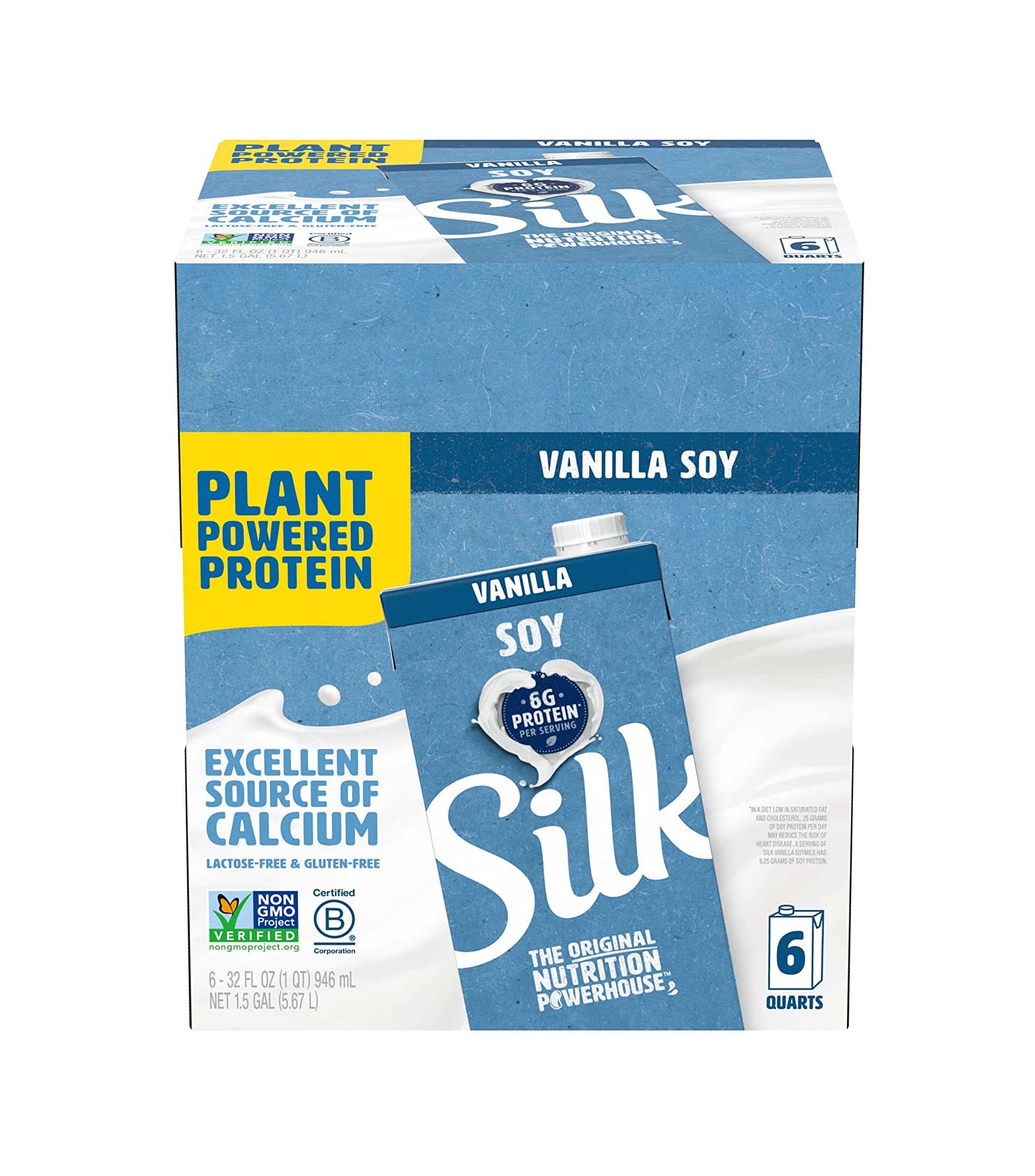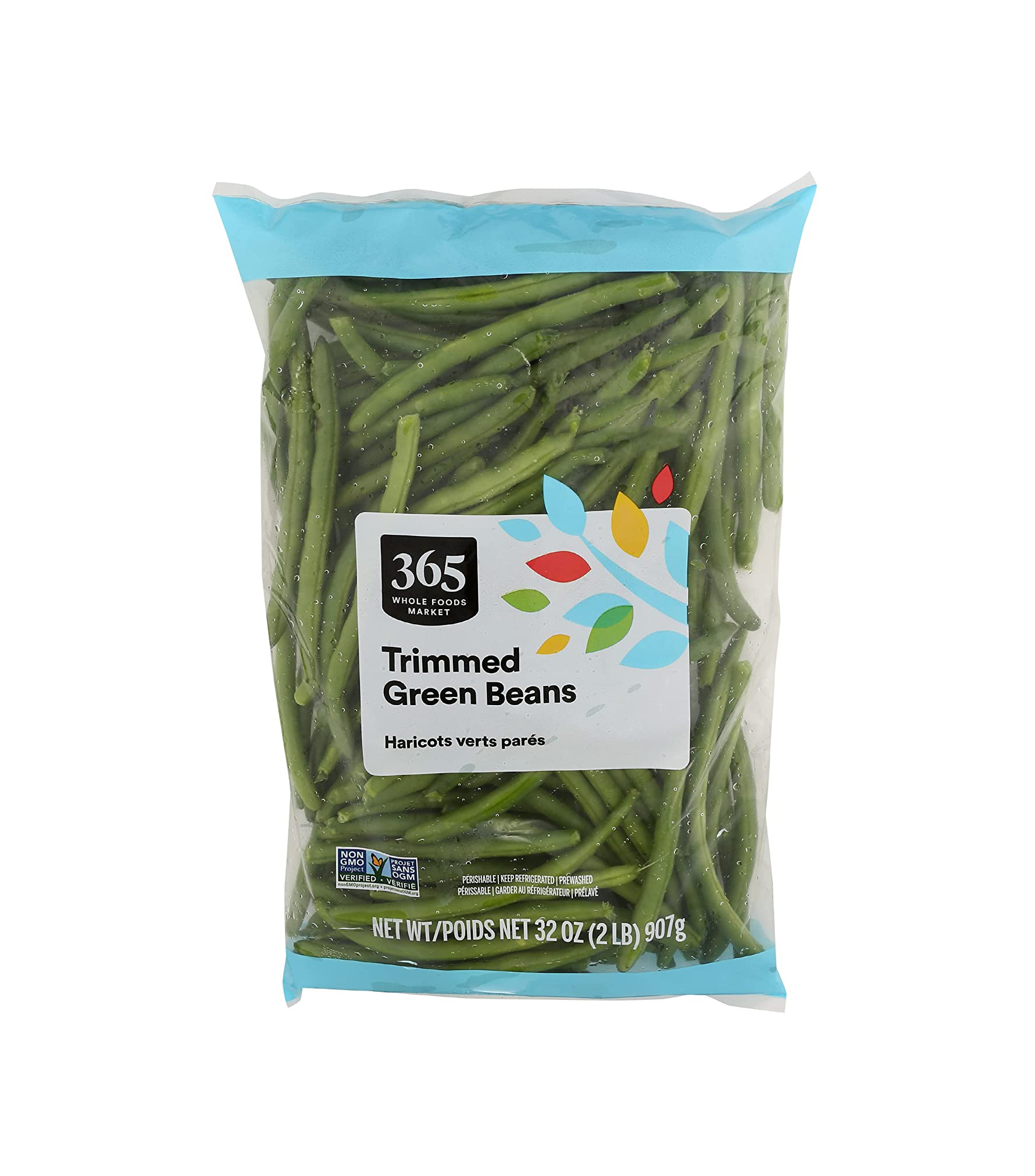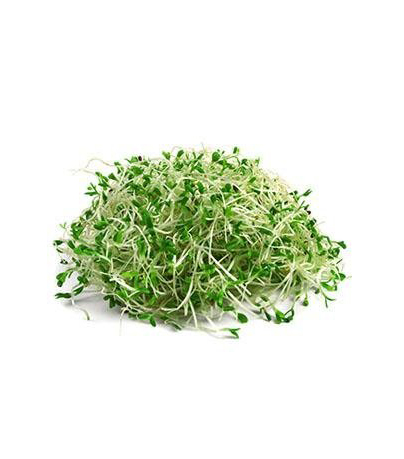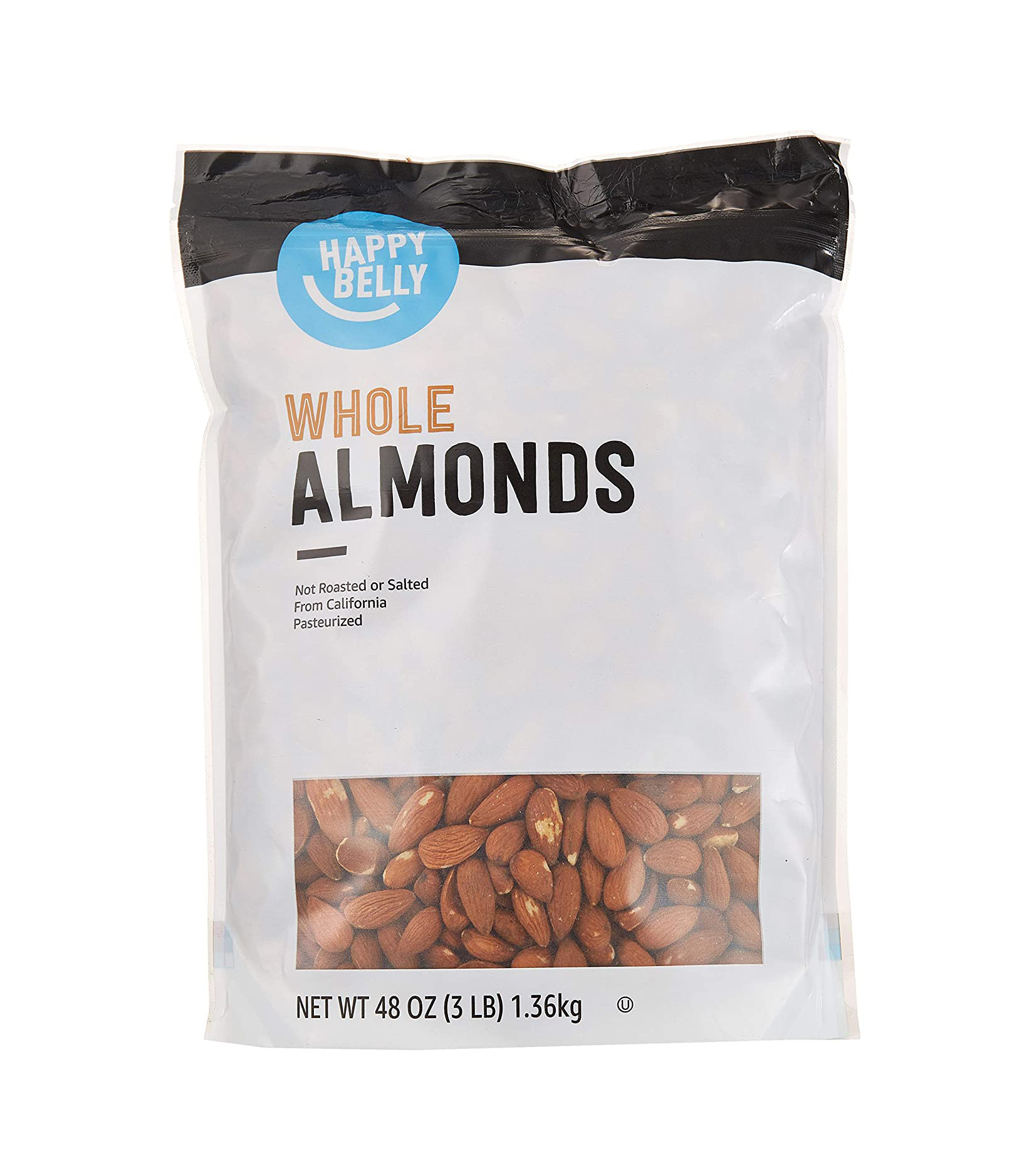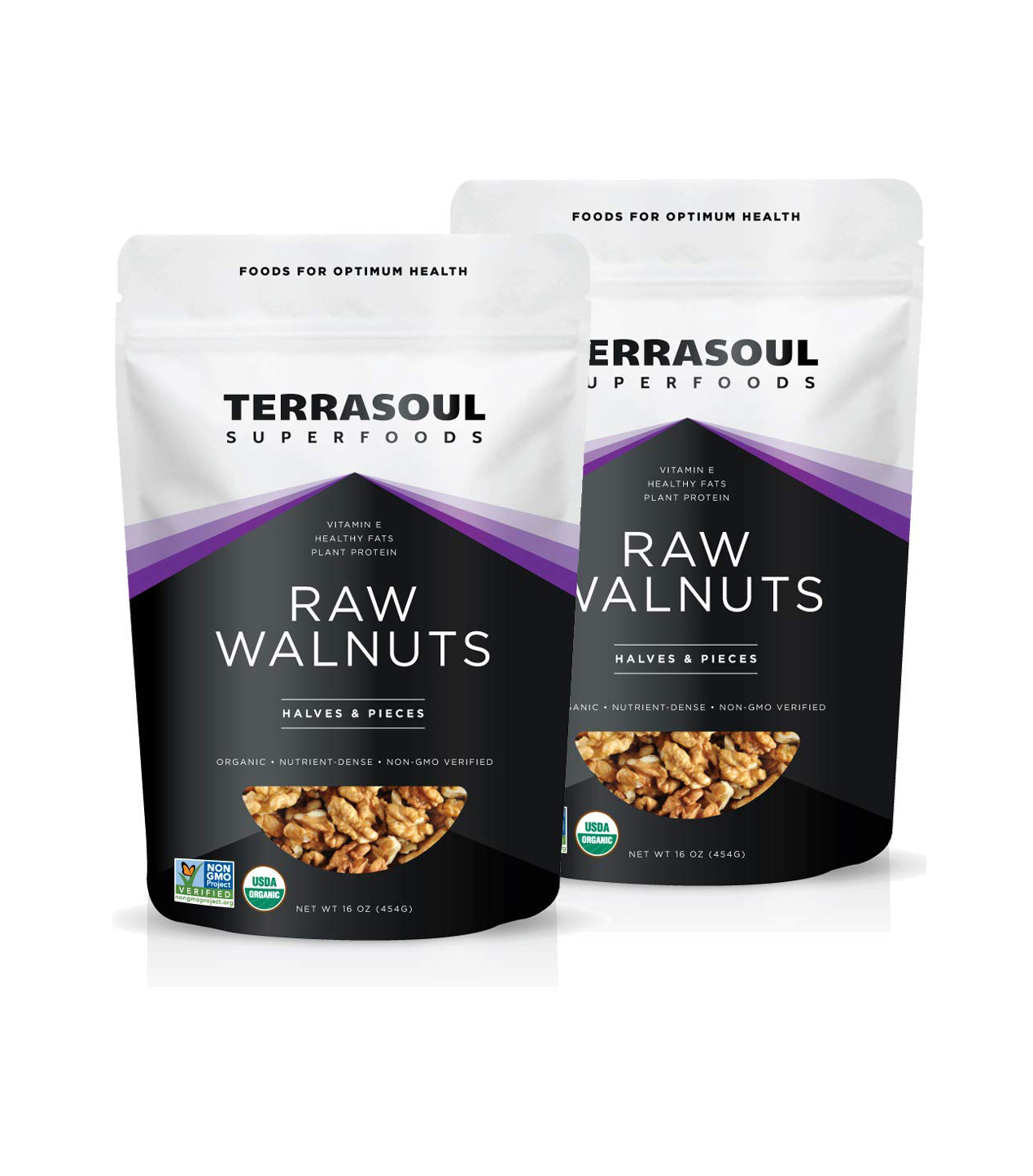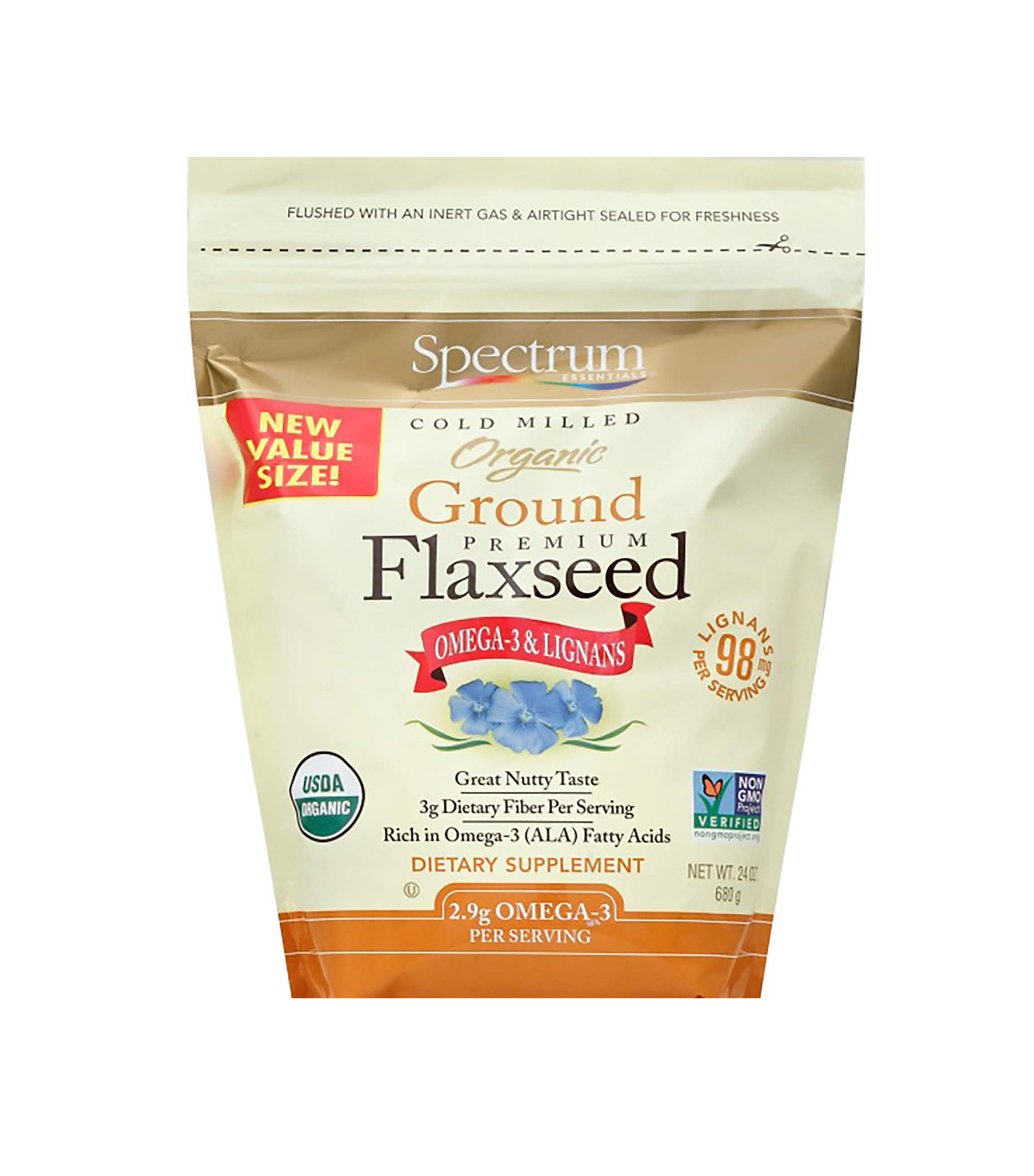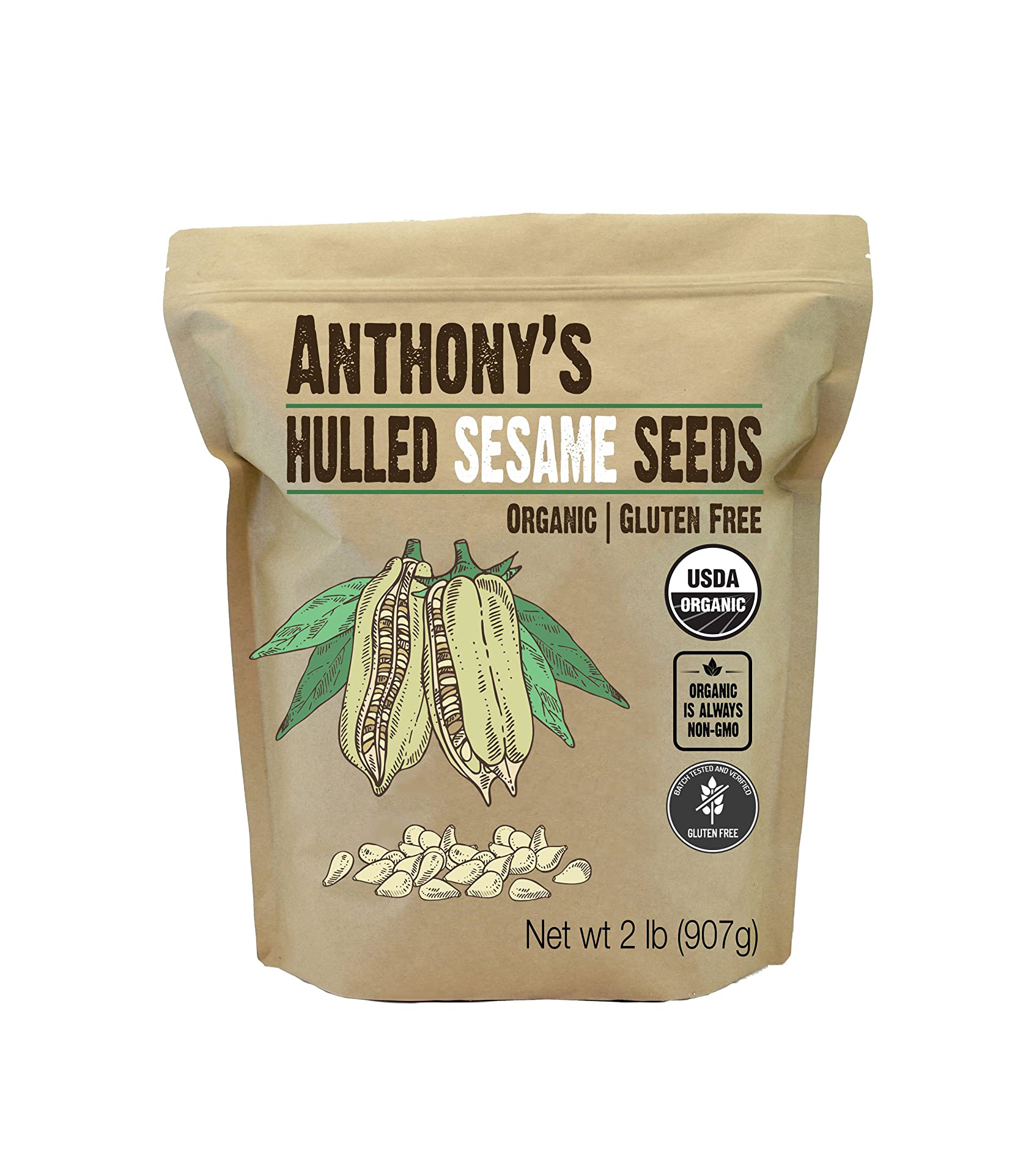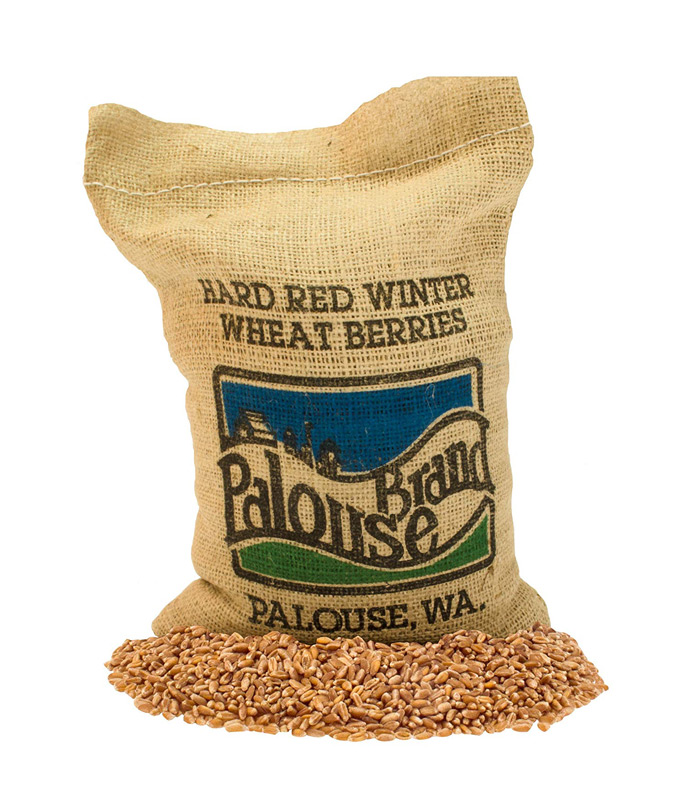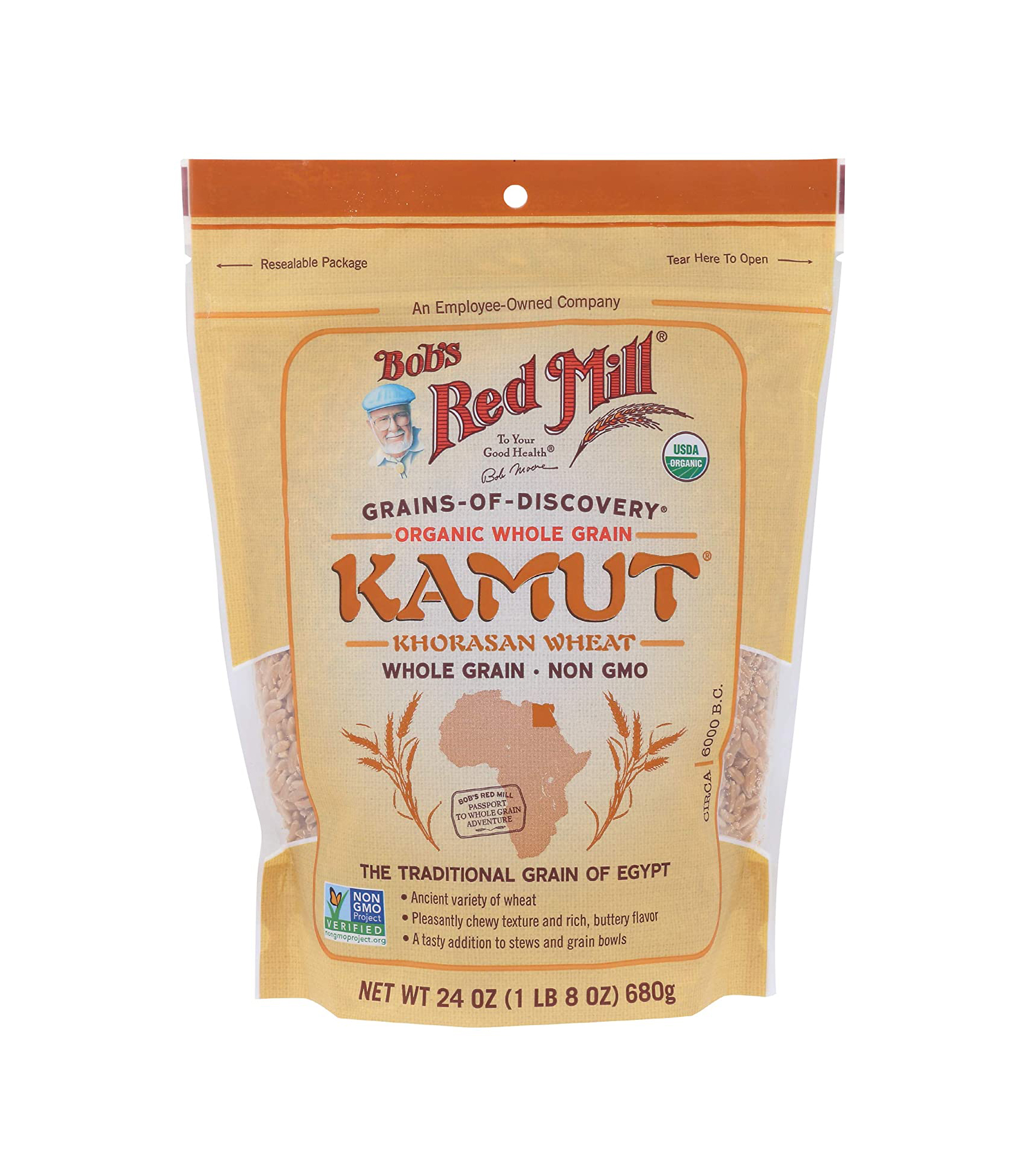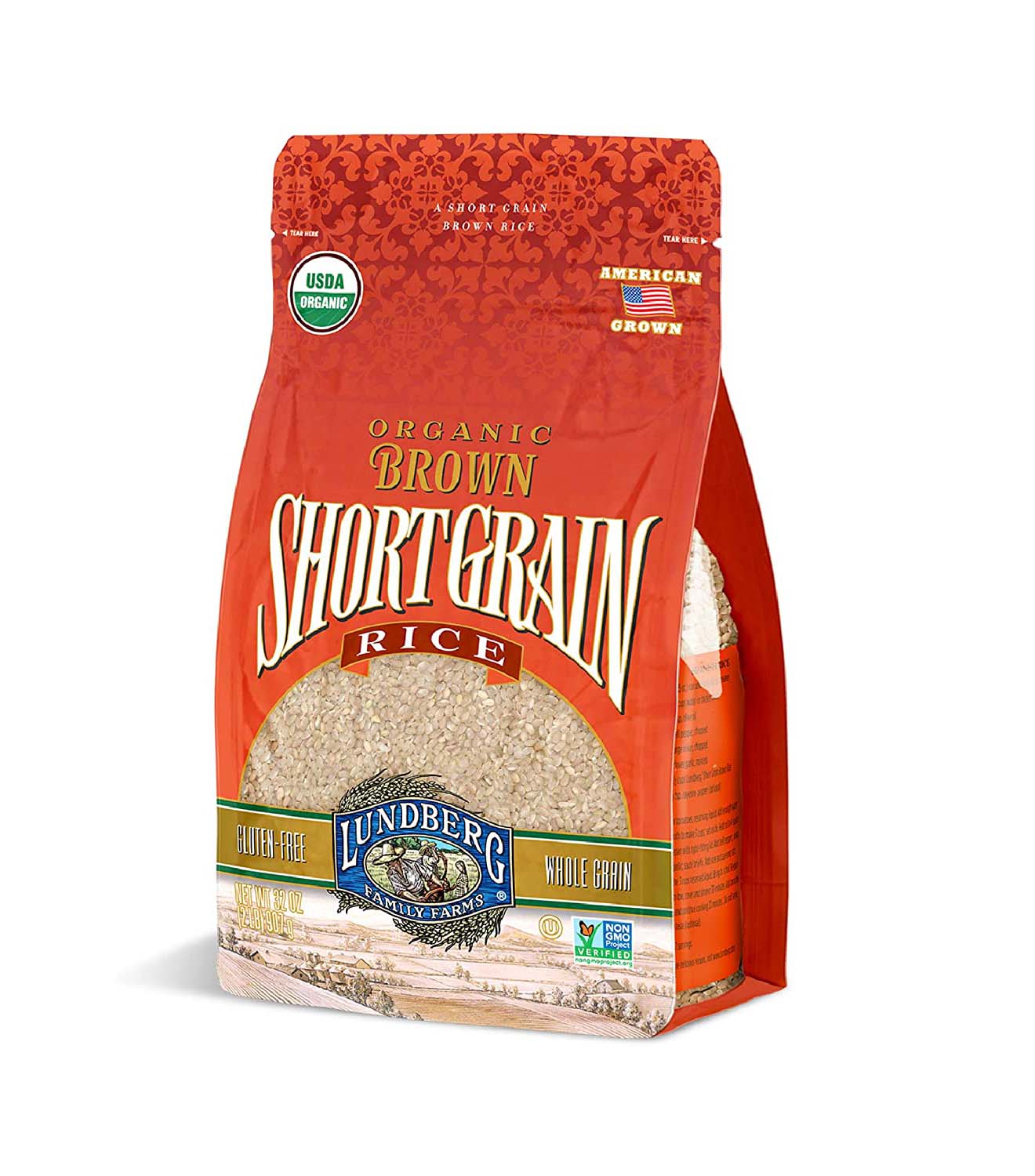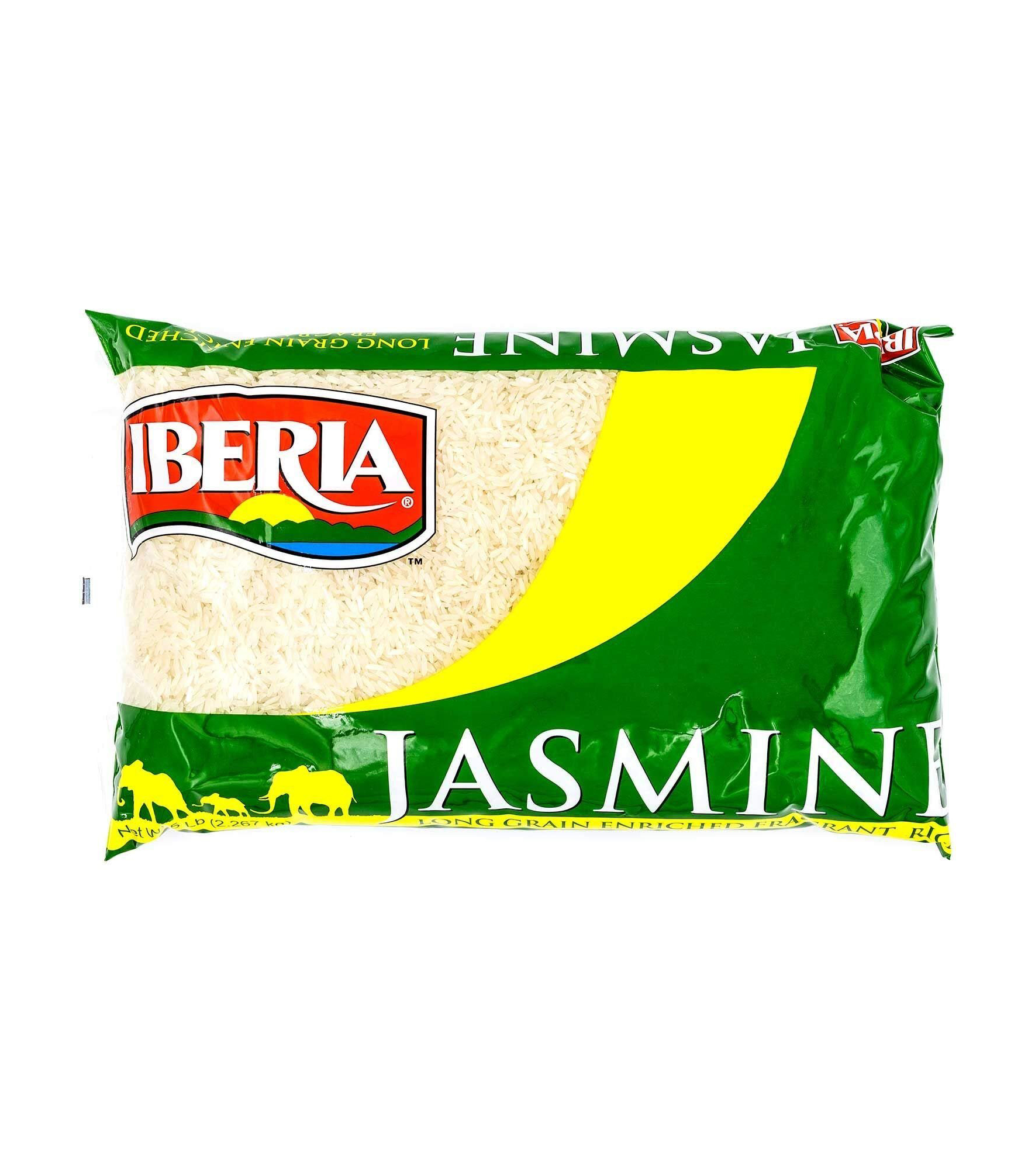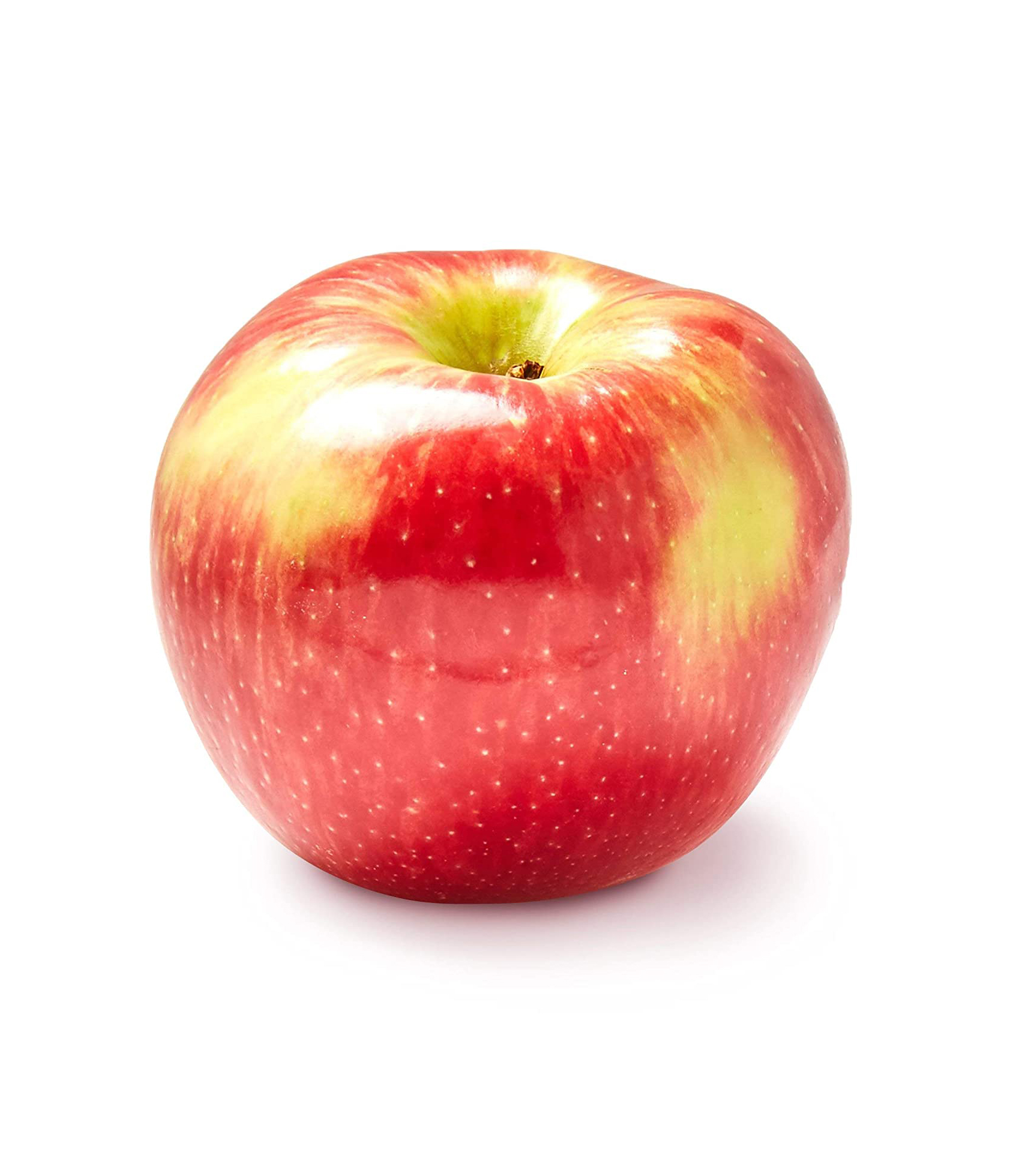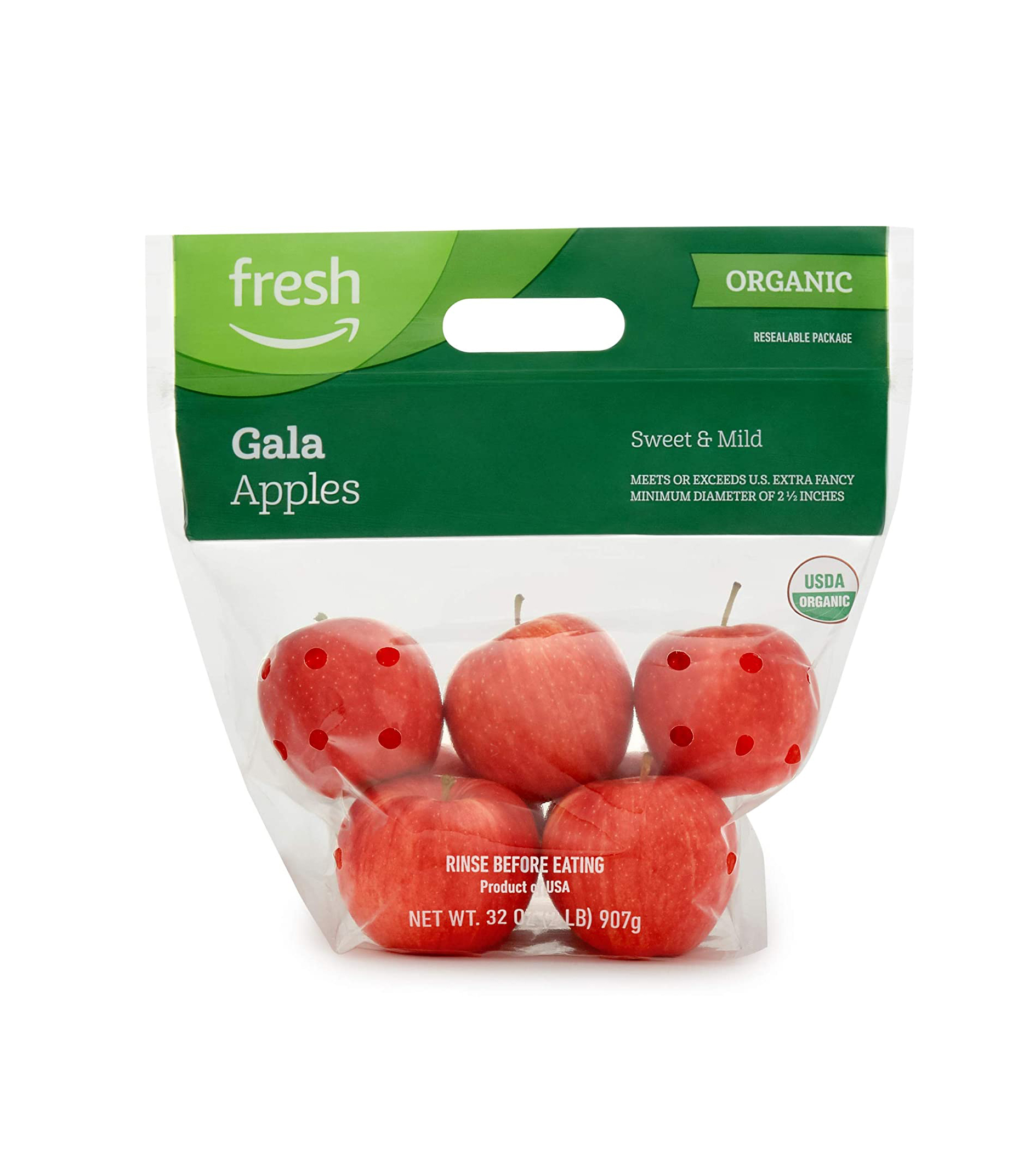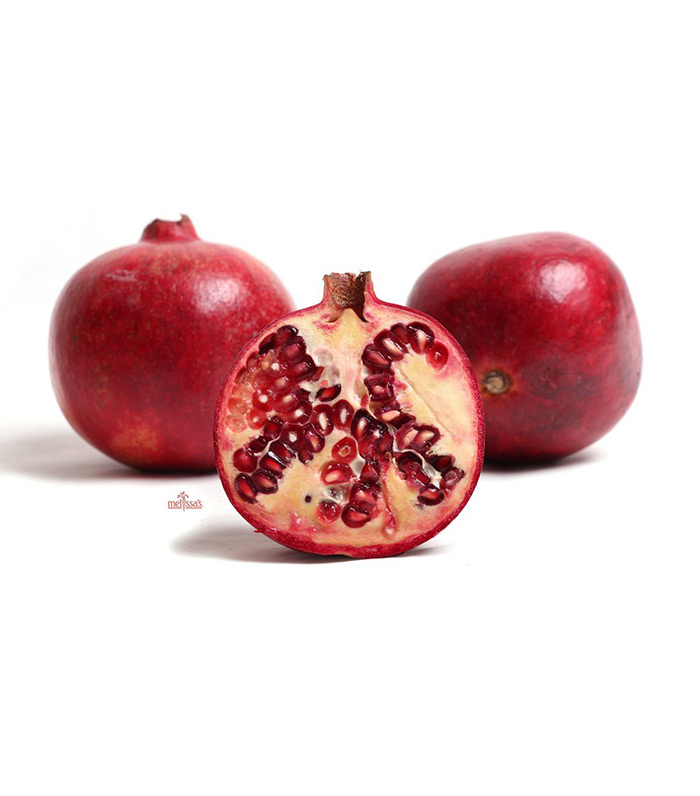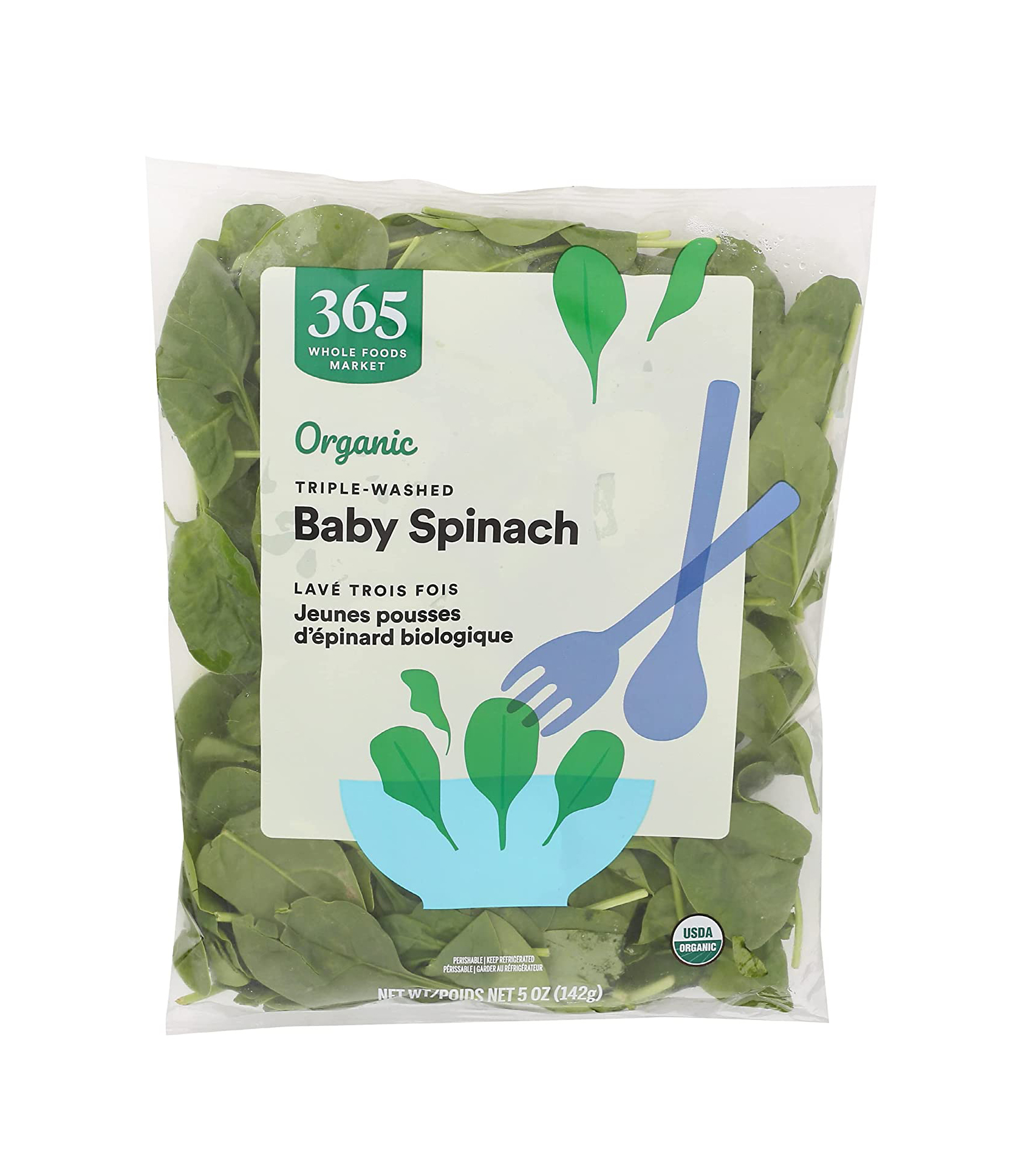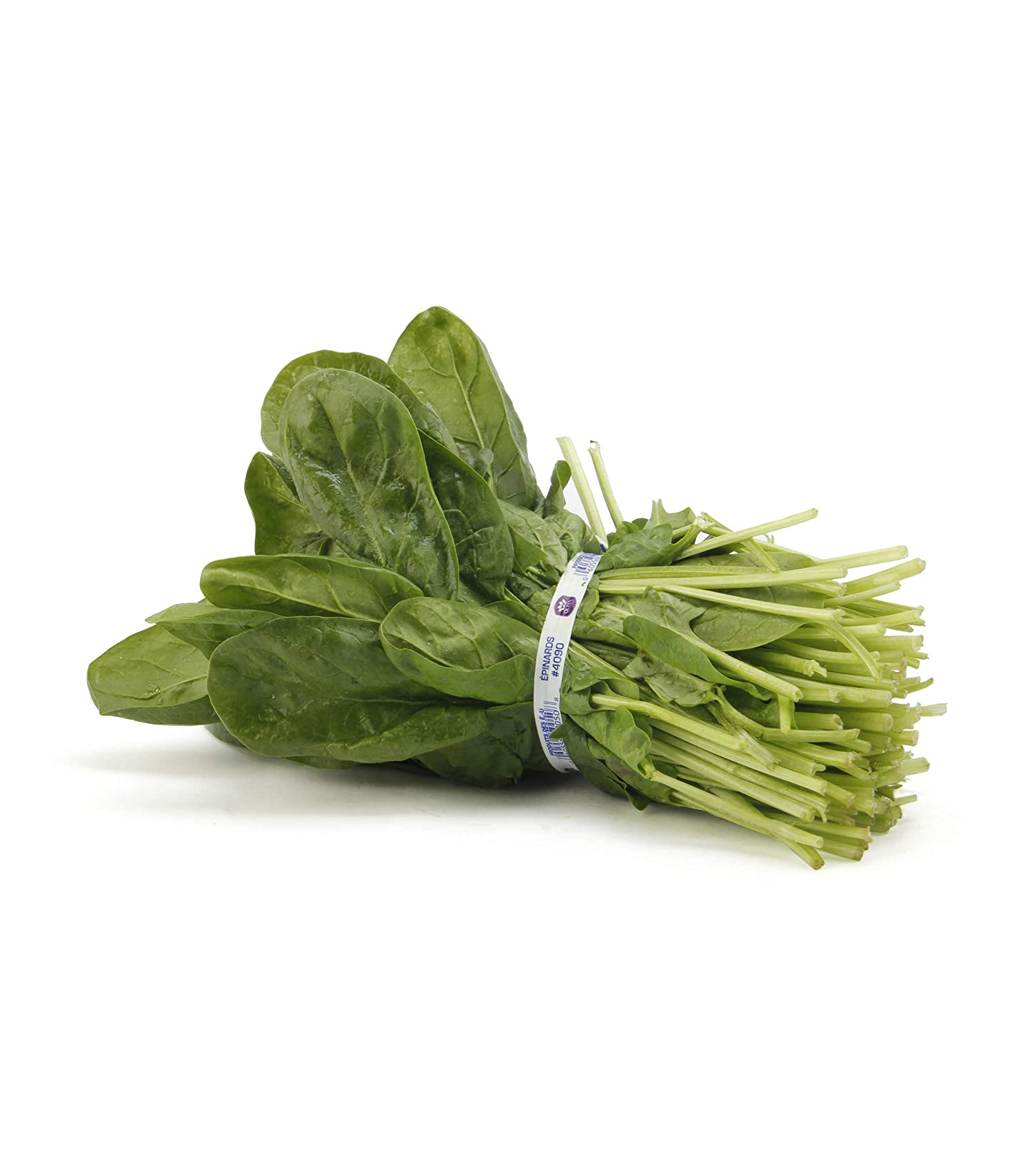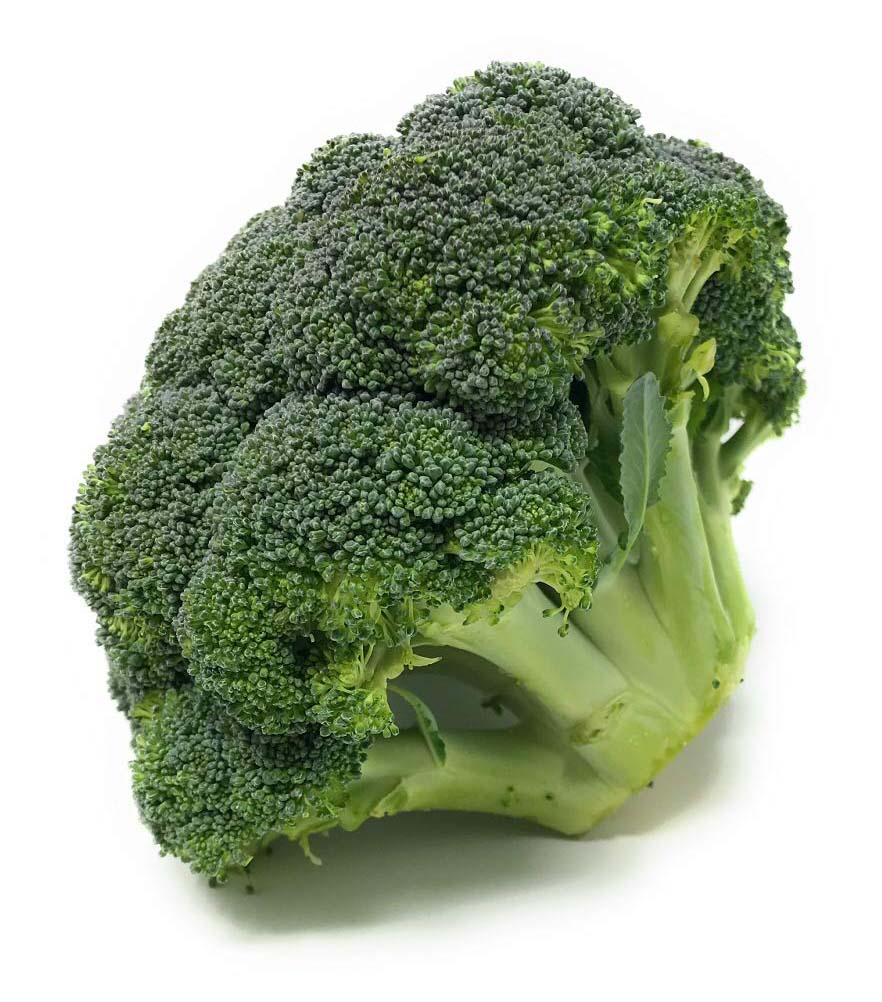9 Estrogen-Rich Foods to Add to Your Diet, According to a Nutritionist
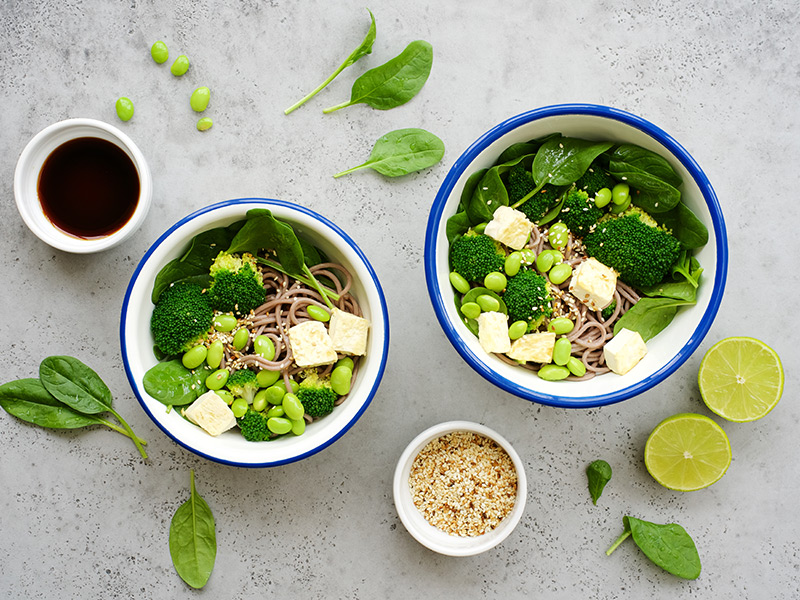
Keeping your estrogen levels in check is important for your body. According to the Endocrine Society, estrogen helps control the menstrual cycle, keeps cholesterol in control, protects bone health, and affects your brain, bones, heart, skin, and other tissues. In short, it does a lot of work. High levels can result in symptoms like abnormal bleeding, bloating, heavy periods, decreased sex drive, fatigue, and mood swings. Symptoms of low estrogen levels include infrequent periods, hot flashes, trouble sleeping, dryness in the vagina, decreased sex drive, mood swings, and dry skin.
Your estrogen levels change throughout the month, and it's highest during the middle of your menstrual cycle and lowest during your period. And during menopause, estrogen levels will drop.
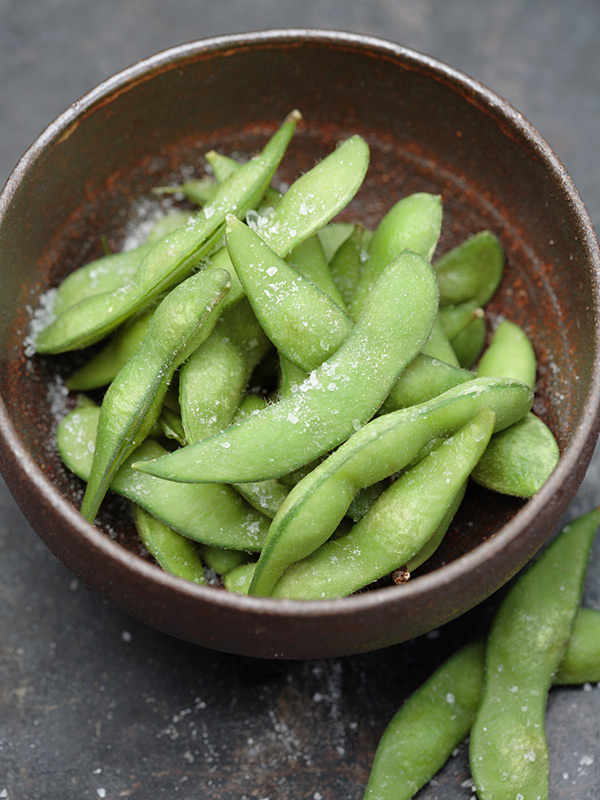
While there are a variety of ways to control your estrogen levels (all of which need to be discussed with your doctor because it depends on your body), one option is by adjusting your diet. There are some foods out there that contain phytoestrogens, which are plant-derived dietary compounds with a structure that's similar to estradiol, the primary female sex hormone in women of childbearing age.
"Phytoestrogens mimic estrogen in the body and are found in plants and plant-based foods," says Yasi Ansari, MS, RD, CSSD, a national spokesperson for the Academy of Nutrition and Dietetics. "When they enter the body, they are recognized by the body's estrogen receptors. Although their effects may be weaker, their similarity to estrogen makes them beneficial in helping the body during times when estrogen deficiency may cause health concerns."
On one hand, phytoestrogens might be able to help lower menopausal symptoms (hot flashes and a risk of osteoporosis). But on the flip side, Ansari says there are some concerns that they may be endocrine disruptors and interfere with hormone systems, but more research is needed to explain this.
Isoflavones (a class of phytoestrogens, with the highest concentration found in soybeans and soy products) might help improve blood cholesterol levels and relieve hot flashes in menopausal women. Additionally, whole soy products are recommended to help with cardiometabolic risk factors, like diabetes, heart disease, or a stroke.
"Observational studies also suggest that higher intakes of soy foods early in life can decrease the risk of breast cancer in adulthood," Ansari cites. "For breast cancer survivors, soy isoflavone consumption was associated with a 25% reduced risk of tumor recurrence." Although additional research is needed on the effects of different types of soy products and breast cancer recurrence, current research does not support avoiding whole soy foods.
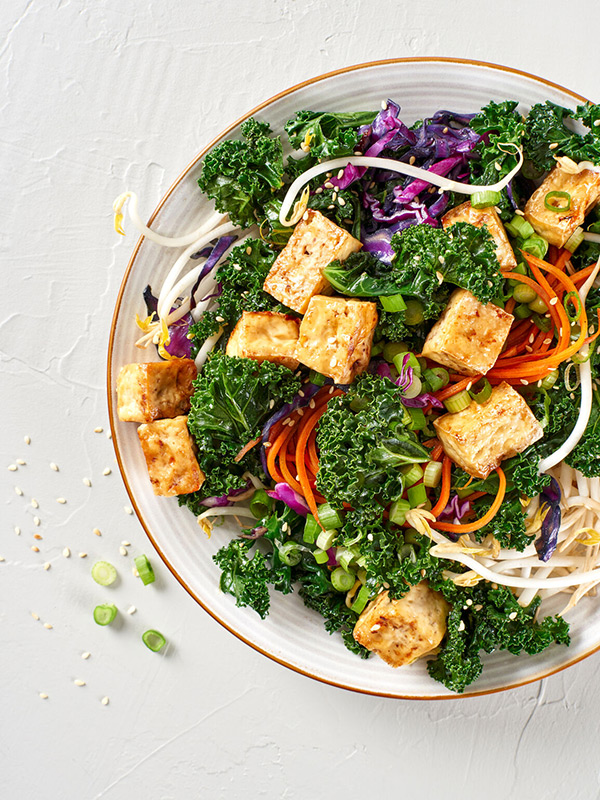
It's important to note that some research has found links between soy product consumption and breast cancer risk, but Ansari says that more research needs to be done on the effects of processed soy products and isoflavone supplements on breast cancer risk as most of the studies were conducted in rodents (animal studies) and not humans.
Whole soy food products are low in saturated fat, contain omega-3 and fiber, and are high in protein and calcium. In general, Ansari suggests two to four servings of soy foods per day in their whole forms, which would look like a half cup a day of tofu or edamame, or one cup of soy milk. "Fats are essential for hormone health," she adds. "I recommend heart-healthy fats like omega-3s and mono-unsaturated fatty acids like nuts, avocado, olive oil, fish, and chia seeds."
Ultimately, the amount of phytoestrogens you should incorporate into your diet will need to be discussed with your doctor or a healthcare professional since every body is different.
Take a look below at some other foods Ansari says to boost estrogen:
1. Legumes
In addition to soybeans, other legumes like green beans, alfalfa sprouts, and mung beans also naturally contain phytoestrogens.
2. Nuts
Nuts are already great sources of fiber and protein, so you'll be happy to know that they also contain phytoestrogens.
3. Seeds
Both flax and sesame seeds are high in lignans, which have phytoestrogens. According to Oregon State University, diets rich in foods containing plant lignans are associated with a reduced risk of cardiovascular disease.
4. Wheat Berries
The whole grain is another good source to add to your grocery list. Wheat berries are pretty versatile, so use them in salads, soups, or even in breakfast bowls.
5. Rice
Add a side of rice to your meal for your serving of phytoestrogens.
6. Apples
Apples, along with other fruits like dates and cherries, are another source of the compound.
7. Pomegranates
Pomegranates are another fruit that contains high levels of phytoestrogens. They're also a potent antioxidant—and some research has found it can help in the prevention and treatment of some types of cancer, cardiovascular disease, and rheumatoid arthritis.
8. Spinach
Oh, leafy greens, what can't you do? The health benefits of spinach and other greens seem endless, so it's no surprise they're also a source of phytoestrogens.
9. Broccoli
And since we're talking about the benefits of leafy greens, what about those cruciferous vegetables? Those are always on list after list of must-eat foods, and they also contain phytoestrogens.
Next: Women Over 50 Should Avoid These Foods—and Eat These Instead
This article was originally published at an earlier date and has since been updated.
Disclaimer
This article is provided for informational purposes only and is not intended to be used in the place of advice of your physician or other medical professionals. You should always consult with your doctor or healthcare provider first with any health-related questions.
Sarah is lifestyle writer and editor with over 10 years of experience covering health and wellness, interior design, food, beauty, and tech. Born and raised in Los Angeles, she attended New York University and lived in New York for 12 years before returning to L.A. in 2019. In addition to her work at Who What Wear, she held editor roles at Apartment Therapy, Real Simple, House Beautiful, Elle Decor, and The Bump (sister site of The Knot). She has a passion for health and wellness, but she especially loves writing about mental health. Her self-care routine consists of five things: a good workout, “me” time on the regular, an intriguing book/podcast/playlist to unwind after a long day, naps, and decorating her home.
-
 This Founder Shares Why We Should Start Celebrating Rest
This Founder Shares Why We Should Start Celebrating RestBurnout is nothing to be proud of.
By Kia Topps
-
 I Asked J.Lo's Trainer for His Very Best Fitness Tips
I Asked J.Lo's Trainer for His Very Best Fitness TipsGunnar Peterson has thoughts on how to get moving this season.
By Kia Topps
-
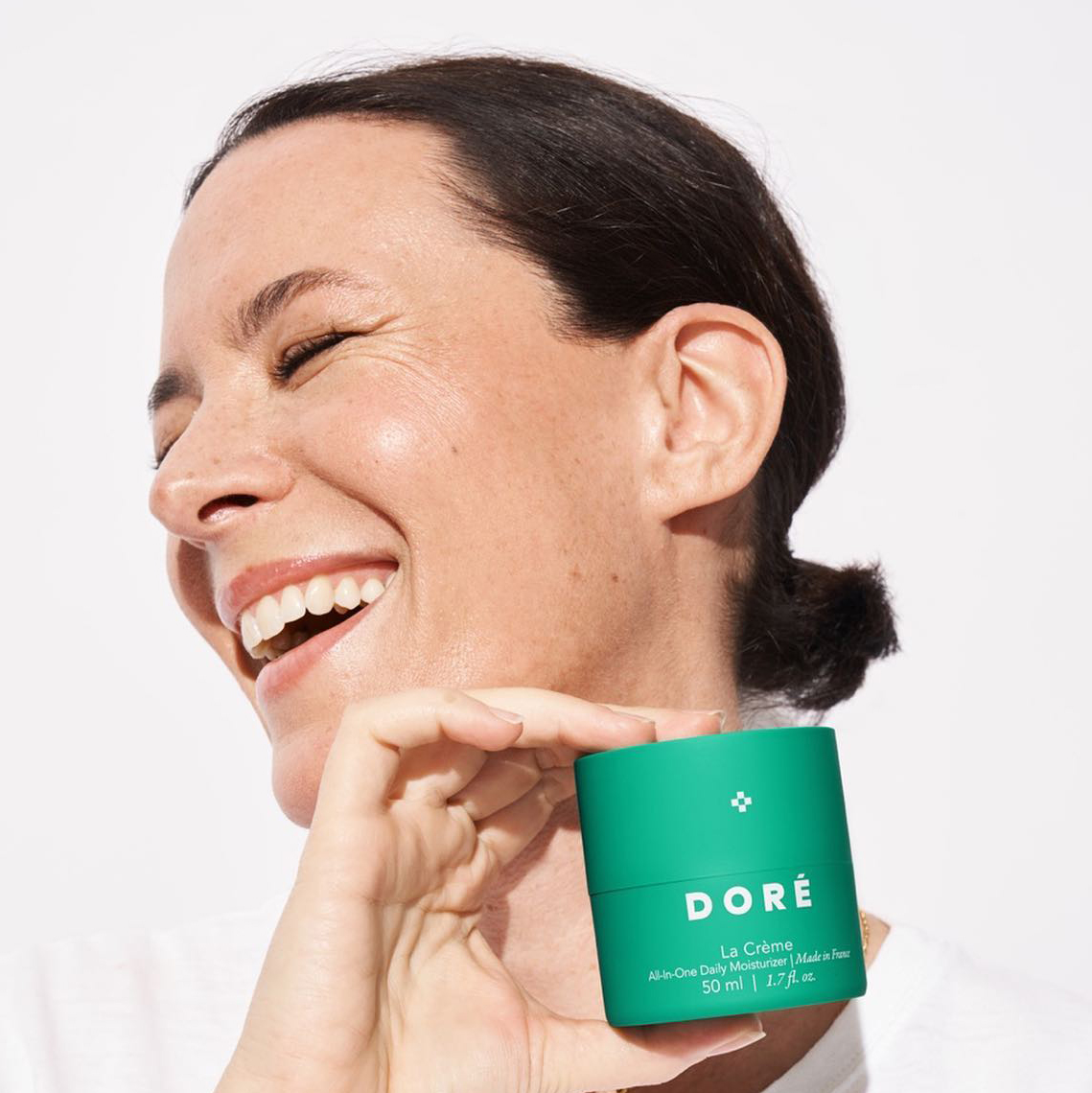 This Style Influencer Turned Founder Shares Her Favorite Ways to Start the Day
This Style Influencer Turned Founder Shares Her Favorite Ways to Start the DayA morning routine from London.
By Candice Aman
-
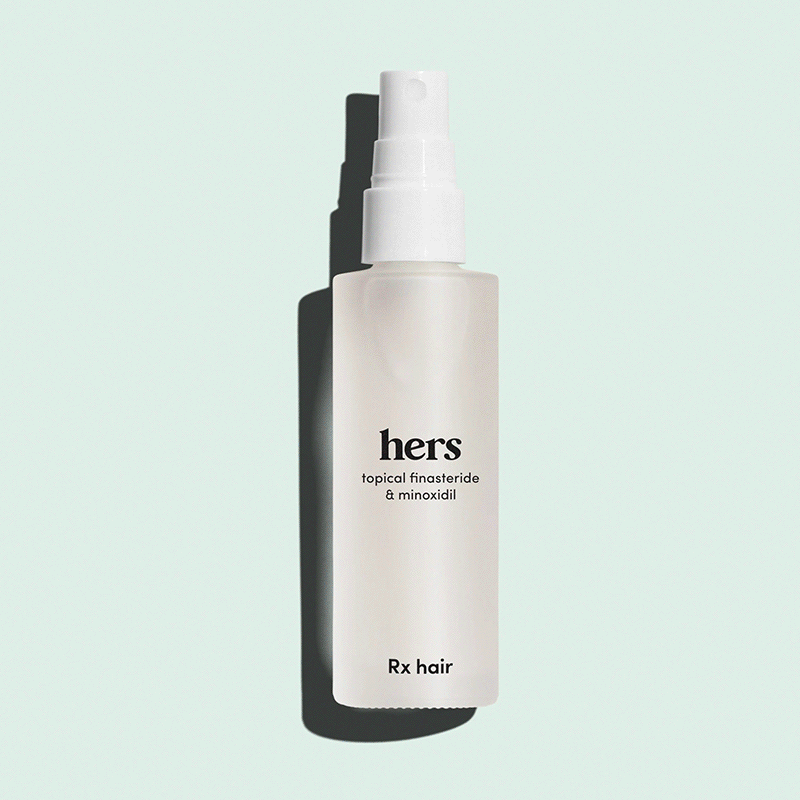 13 Products That Will Step Up Your Self-Care Game From Home
13 Products That Will Step Up Your Self-Care Game From HomeGet that glow from within.
By Natalie Gray Herder
-
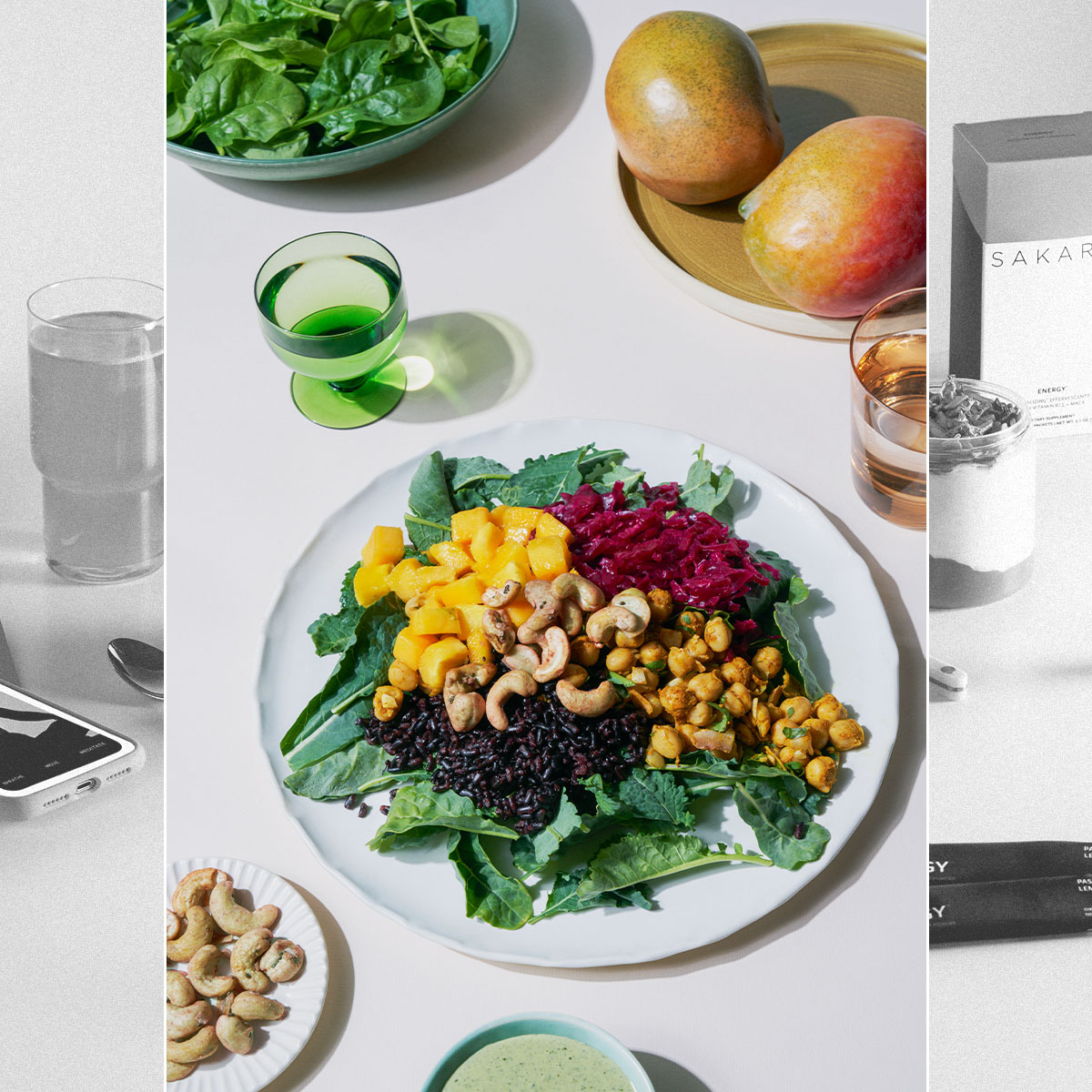 Bella Hadid and Gwyneth Paltrow Apparently Love Sakara Life, so We Tried It for 30 Days
Bella Hadid and Gwyneth Paltrow Apparently Love Sakara Life, so We Tried It for 30 DaysHere are our honest thoughts.
By Erin Jahns
-
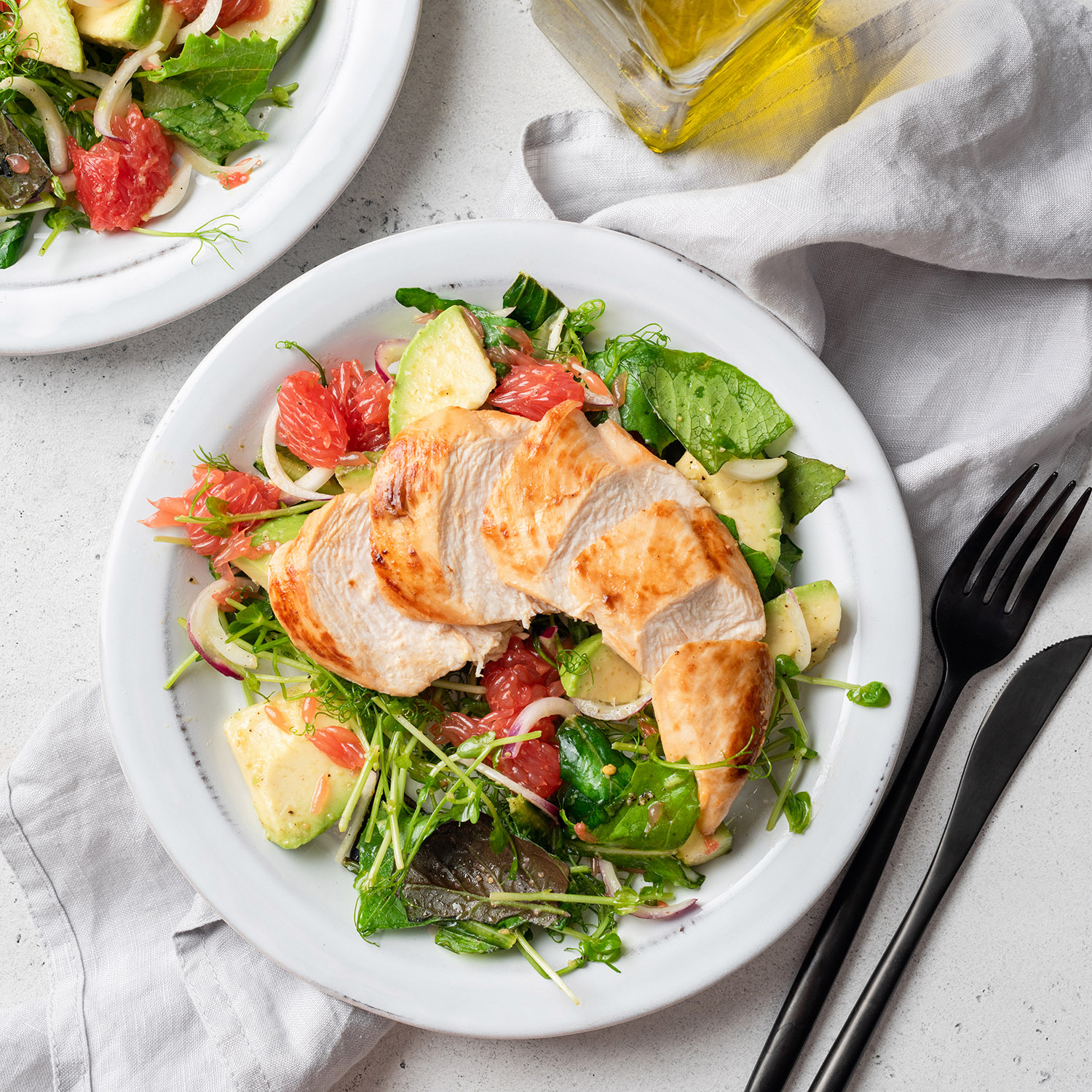 The 6 Warning Signs You're Not Getting Enough Protein
The 6 Warning Signs You're Not Getting Enough ProteinAnd what to eat to up your intake.
By Sarah Yang
-
 Everything This Professional Ballet Dancer Eats to Fuel Her for Performances
Everything This Professional Ballet Dancer Eats to Fuel Her for PerformancesHer grocery staples include high-quality French butter.
By Candice Aman
-
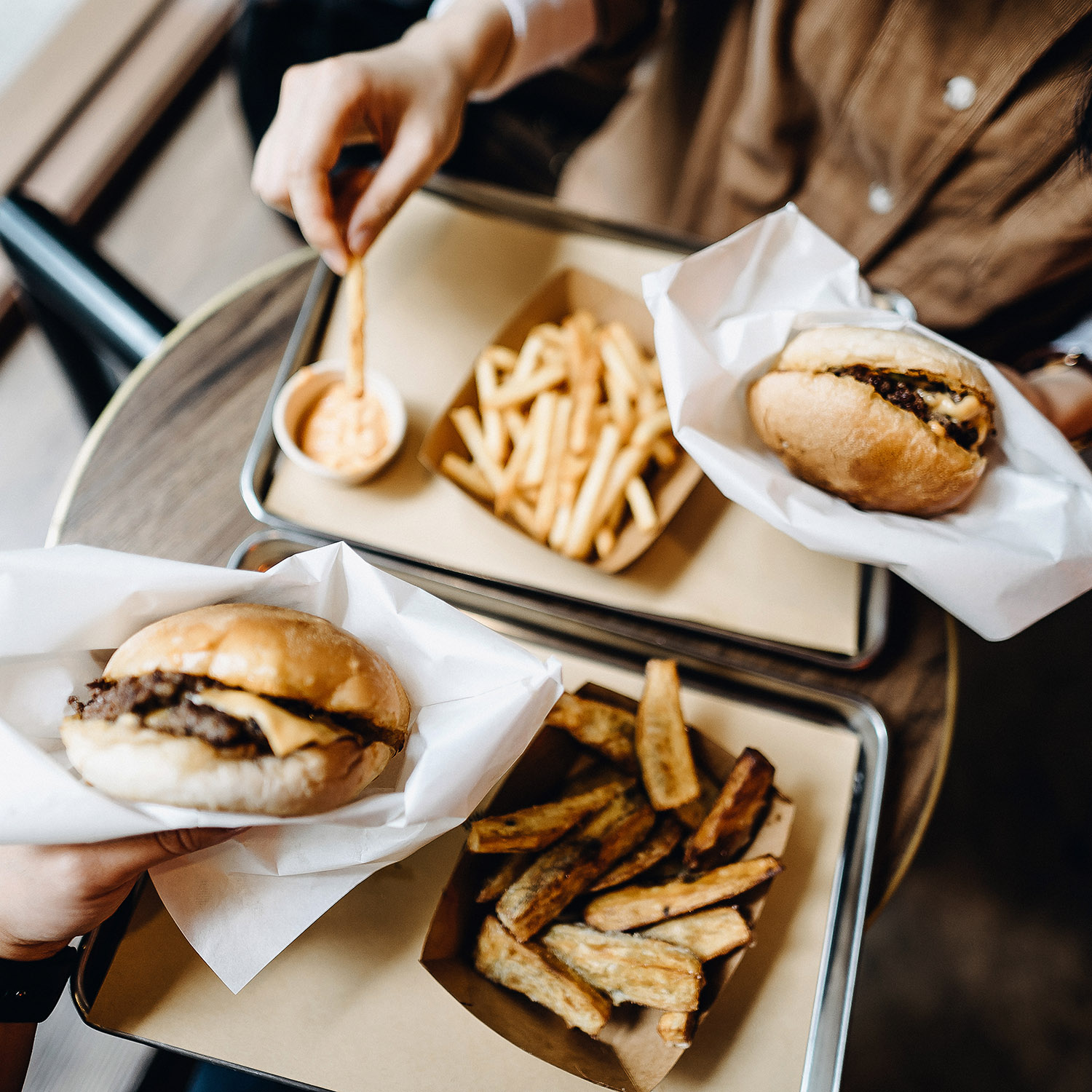 These 8 Foods Are the Worst for Rosacea—Here's What to Eat Instead
These 8 Foods Are the Worst for Rosacea—Here's What to Eat InsteadControl those flare-ups.
By Sarah Yang
